Dogs Greeting Stretch: What It Means and Why It Matters

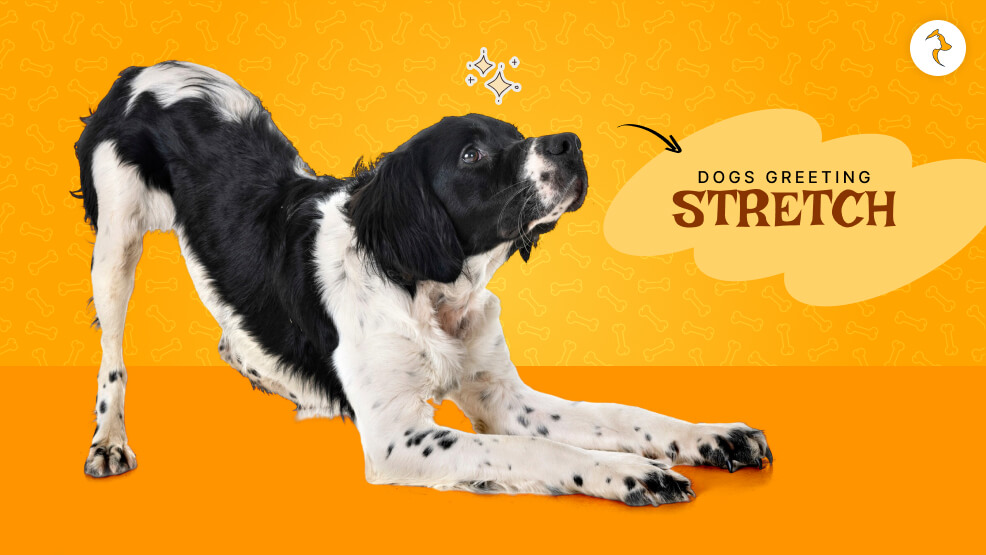
Canine is an intricate species with a complete vocabulary of bodily positions, postures, and expressional modes.
The most appealing and frequent phenomenon is the “greeting stretch” when the canine spots his/her owner, familiar companion, or even the fellow pet.
Such a motion—as when a canine extends its forward limbs, descends its rib cage to ground level, and rises its aft end—appears natural but overflows with signs.
In this complete guide, we will discover the dog greeting stretch, why it matters, how it differs from other stretches or positions, and how dog owners should react to it.
Knowing the greeting stretch improves your relationship with your dog and your capacity to read and react to your pet’s emotional and physical needs.
What Is the Dog Greeting Stretch?
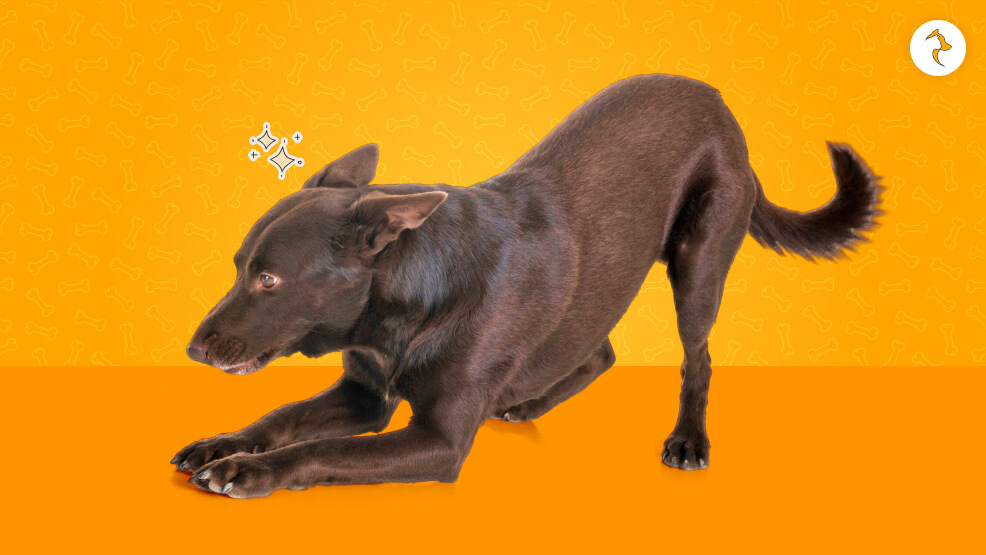
The play bow, or the dog greeting stretch, is the movement of the dog extending its front legs out in front of it, dipping its chest down to the ground, and keeping its hindquarters elevated. Dogs will sometimes wildly wag their tails or produce a happy bark or soft whine.
It is most triggered by:
- You are walking in the door from work or a trip.
- You are reaching in the morning.
- One dog greeting another friendly dog.
- They can’t wait to start playing.
- They are loving or happy.
While the action may look like an easy stretch or even a yoga pose (the downward dog of yoga, for example), it is not a physical movement alone — it is a communication.
The Meaning of Different Dog Stretches

Dogs employ several stretches, and each has its significance. This is how to interpret them:
1. The Greeting Stretch / Play Bow Description: Front legs stretched forward, arched back, wagging tail.
- Meaning: Friendly welcome, playtime invitation, or exhibition of happiness.
- When: Playtime, morning welcome, or welcoming familiar humans or dogs.
2. The Wake-Up Stretch (Full-Body Stretch) Description: Stretches front and hind legs, yawns, will arch back.
- Meaning: Physical extension to unwind muscles following slumber or rest.
- When: Most often following naps or periods of extensive inactivity.
3. Prayer Stretch Description: Longer than the play bow, generally without wagging the tail.
- Meaning: Perhaps a sign of belly discomfort or bloating.
- When: If done on a regular or compulsive schedule, it may need a vet’s attention.
4. Rear-Leg Stretch Description: Remains stationary and extends one or both hind legs backward behind.
- Meaning: Physical maintenance — relieving tension in hips and back.
- When: Following exercise, waking, or extended periods of rest.
5. Stretch with Groan or Sigh Description: Complete stretch and deep sigh or groan.
- Meaning: Generally relaxation and ease — a human-type “ahhh” stretch.
- Where: Frequently at night or when lying down.
6. Downward Dog Pose Description: Much like yoga posture; slow, long stretches with head up and down.
- Meaning: Release. — whatever the body or mind — can be contented or tranquil.
- Where: In peaceful transition or anticipation of sleep.
Knowing these distinctions ensures you’ll know whether your dog is merely stretching muscles — or perhaps signaling something bodily or.-. Something emotional.
Why Do Dogs Perform the Greeting Stretch?
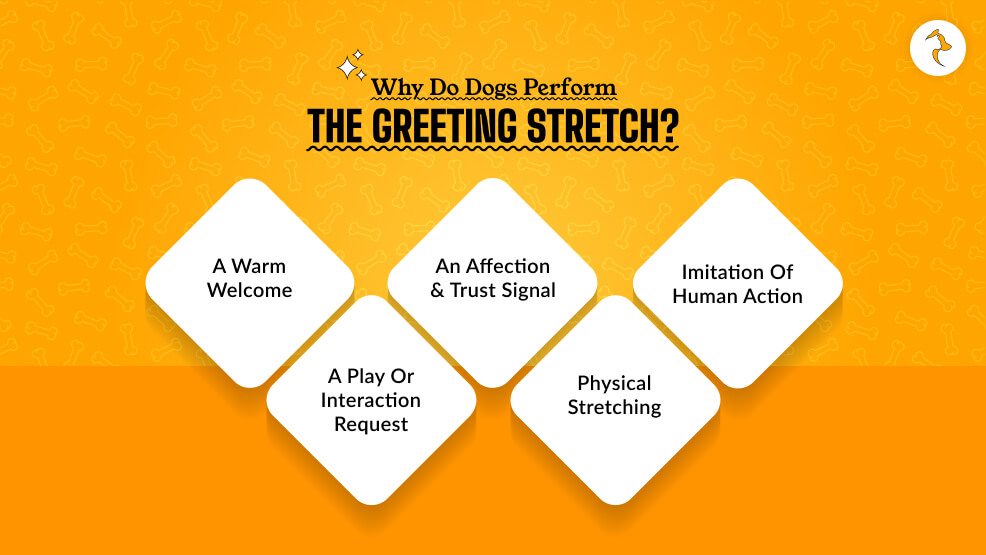
Breaking down the explanations on why dogs execute this stretch in different situations:
1. A Warm Welcome
The most common interpretation of the greeting stretch is just that — a greeting. Dogs use this posture as a friendly, non-threatening way of saying hello.
It often replaces jumping, barking, or licking as a form of excited acknowledgment. It’s their way of saying, “I’m happy to see you!”
2. A Play or Interaction Request
Greeting stretch is a play bow. It’s a stance all dogs know to mean the dog is in a play frame of mind. It’s a request to play, and it’s how dogs maintain social contact light and playfulness.
3. An Affection and Trust Signal
When your dog stretches in front of you, particularly upon your return home, it shows that it is relaxed, comfortable, and safe in your presence. Dogs don’t stretch like this in front of just anyone — it’s a trust posture.
4. Physical Stretching
Let us not forget the most basic explanation of all: occasionally, dogs stretch because it feels good.
Following a long nap, in particular, dogs will stretch to loosen their muscles—much like human beings do whenever they wake up and stretch out their arms and legs.
5. Imitation of Human Action
Dogs are curious, anyway. Some owners’ behaviorists opine that dogs can stretch themselves when they observe humans doing the same as an act of self-imitation, maybe in families or households where it is a normal practice to go out for exercise, do yoga etc.
Greeting Stretch vs. Other Dog Postures
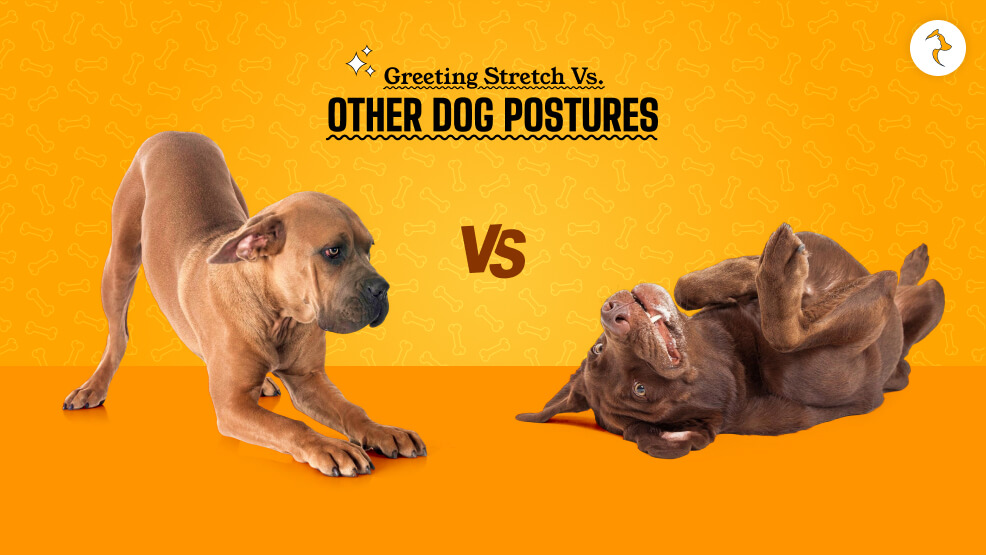
Although greeting stretches is essentially a gesture of good will, prudence must be exercised so that the latter is not confused to be some other seemingly similar dog behavior.
Play Bow vs. Submissive Posture
- Play Bow (Greeting Stretch): Back end up, wagging tail, loose mouth, ears neutral or perked. Signals playfulness and fun.
- Submissive Posture: Generally crouching, concealing the tail, ears back, and not toward you. Shows fear or submission, not joy.
Stretching vs. Bowing
- Post-Nap Stretch: Performed casually, usually without wagging tail. Shows physical relaxation.
- Greeting Stretch: Performed enthusiastically, usually with barking and wagging tail. Shows excitement or emotional expression.
Knowing the distinctions between these behaviors helps you better understand your dog’s mood.
Where and When You’ll Be Seeing Greeting Stretches
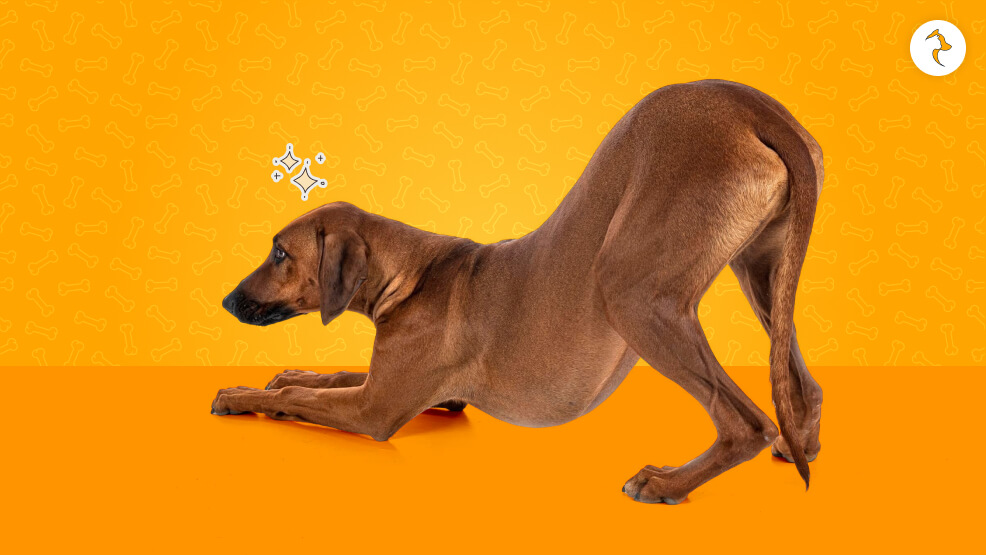
You’ll be most likely to see a greeting stretch when:
- Mornings: Dogs typically stretch as one of the first things they do upon waking up, particularly when they hear their owner approaching.
- After Reunions: Whether you’ve been gone five minutes or five hours, dogs will typically welcome you home with an overjoyed stretch.
- At Dog Parks: Dogs use the stretch to introduce potential new dog friends to their friendly nature.
- During Play: During play, the dog stops and stretches from time to time to refuel or for more play.
What Does the Greeting Stretch Tell You About Your Dog?
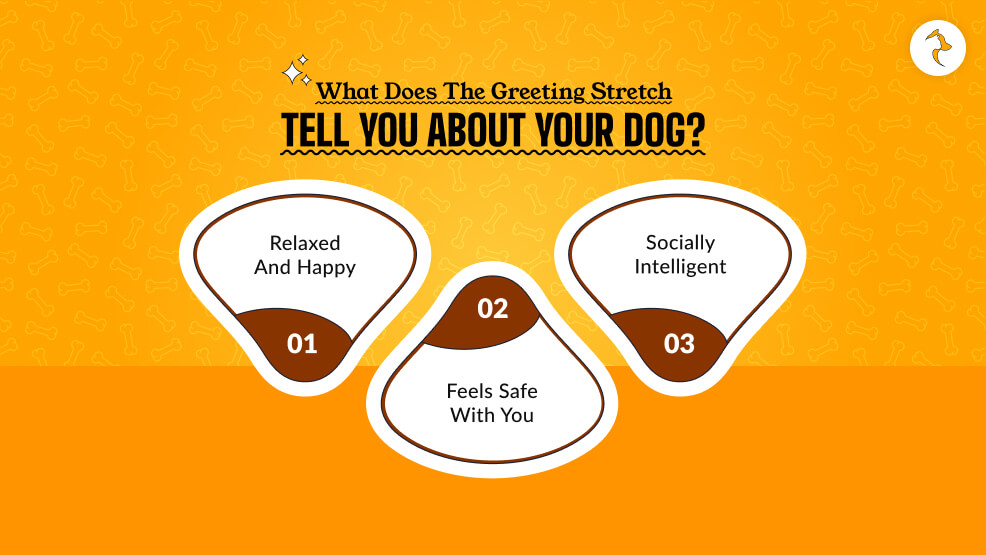
The stretch greeting can reveal a great deal about your dog’s emotional state and behavior:
1. Your Dog Is Relaxed and Happy
Stretch greeting is probably a good thing. A wagging tail and bowing dog aren’t anxious or tense—they’re secure and happy.
2. Your Dog Feels Safe with You
This is emotional trust. If your dog stretches like this as he walks into a room, this is how he’s telling you he loves you and is open.
3. Your Dog Is Socially Intelligent
They are showing us their capability to read and convey feelings within social settings, if they do this to humans and other animals.
How Should You React to a Dog’s Greeting Stretch?
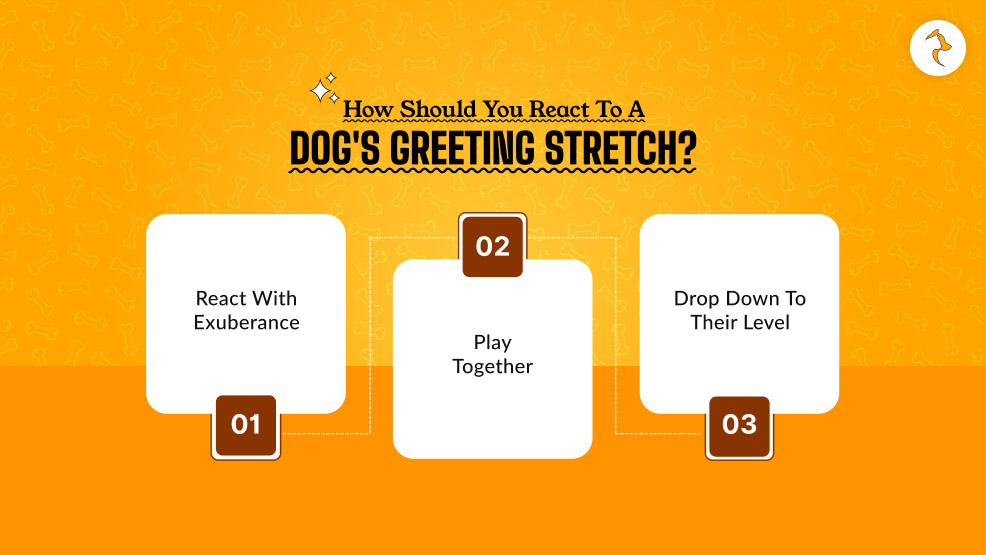
Learning to react when your dog stretches in greeting will strengthen your relationship and help you get better behavior from them.
1. React with Exuberance
Offer a happy “Hello!” and reward with praise or a pat. This reinforces the greeting habit.
2. Play Together
If your dog bows to greet you and is excited, pick up a toy and have a quick tug-of-war or fetch. It’s a great bonding exercise and reflects a positive invitation acceptance.
3. Drop Down to Their Level
When you fall to the ground and put out your arms, some canines will offer the kiss or nuzzle in return. Warmth and affection accumulate.
Applying Greeting Stretch to Training and Behavior
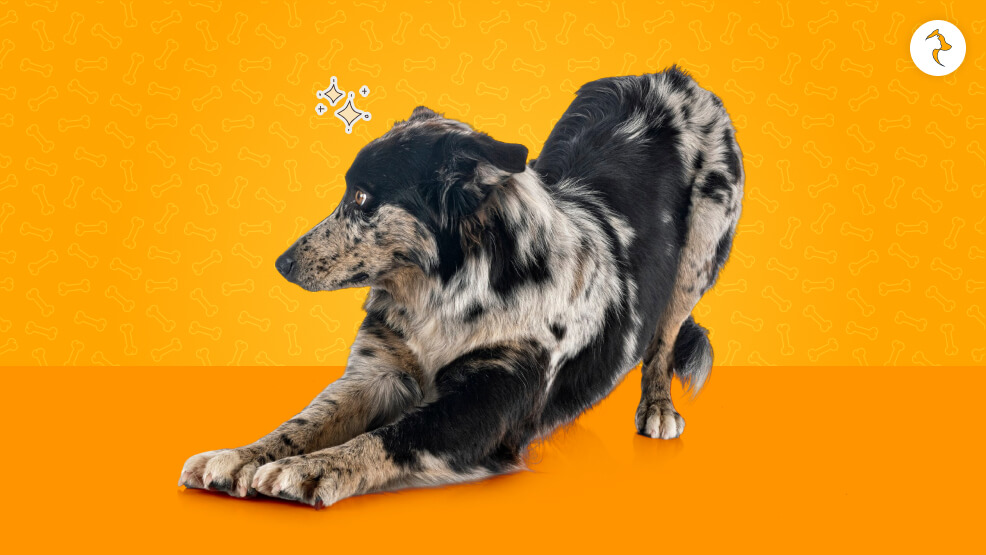
Recognition and identification of greeting stretch can surprisingly find its way to training and behavior control.
1. Rewards for Good Conduct
Rather than barking or jumping, greeting stretch is a controlled and passive exhibition of excitement for dogs. Even praising or rewarding the behavior can diminish overly enthusiastic greetings.
2. Early Detection of Discomfort
If your otherwise stretching, wagging greeter suddenly stops, something’s wrong—either physically (like, maybe, joint pain) or emotionally (like, maybe, anxiety).
3. Encouraging Positive Socialization
When the dogs offer each other a bow as they meet, this produces enthusiastic, happy play in most instances. That simplifies monitoring playdates for you and observing the two dogs socialize healthily.
Medical Causes Behind the Greeting Stretch

Although the greeting stretch usually signifies good health, it occasionally manifests physical complaints that need fixing.
1. Abdominal Pain
When the stretch is repeated repeatedly for lengthy periods of time—especially the front stretch with hindquarters still aloft—it can be a sign of belly distress (like bloat or pancreatitis). Dogs will sometimes stretch like this to release pressure within their bodies.
2. Joint Condition
Old dogs will stretch to accommodate arthritis or joint discomfort. If your dog doesn’t feel like moving after it has stretched, have your vet take a look.
3. Additional or Digestive Condition
Dogs will stretch to relieve gas or bloating. If this is accompanied by pacing, vomiting, or restlessness, it could be something to worry about.
Always observe for context. A friendly wag and happy stretch tail are acceptable; any manifestation of distress while or after the stretch requires an immediate vet trip.
Can All Dogs Do the Greeting Stretch?
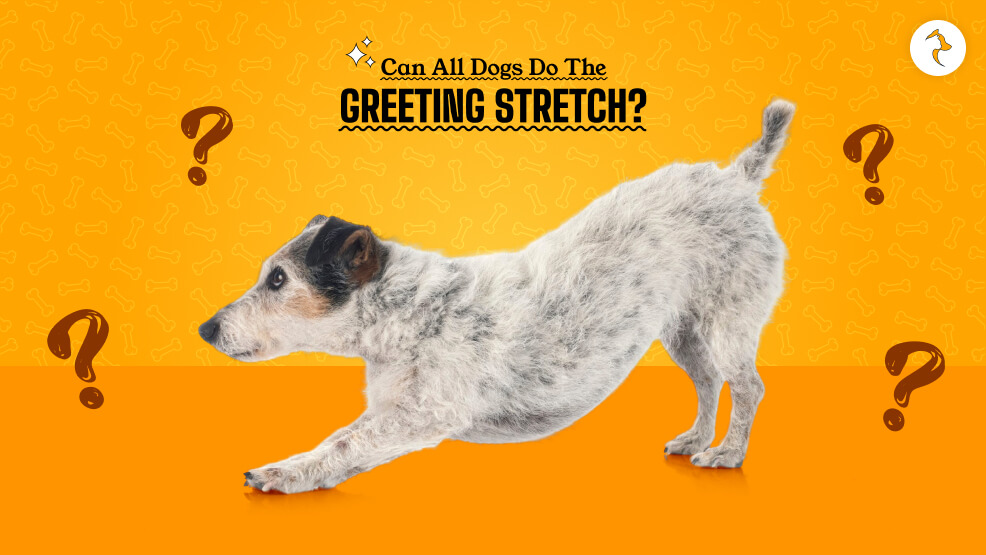
The greeting stretch is something that all dogs, any breed and any size, can do. The degree and frequency, though, of the stretch will vary in dependency on
- Breed: High-strung, sensitive breeds such as Border Collies, Golden Retrievers, and Labradors utilize the stretch more.
- Age: Puppies and young dogs overstretch; old dogs less frequently due to joint problems.
- Health: Back spasms, arthritis, or hip problems might deter dogs from using this posture.
- Personality: Some dogs simply tend to be more outgoing and affectionate.
How to Encourage the Greeting Stretch
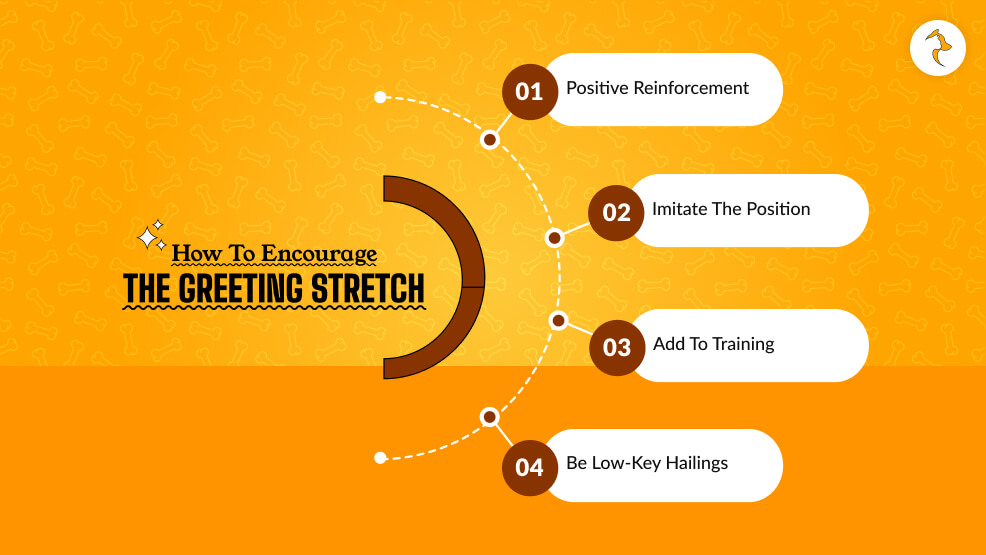
If your dog won’t stretch to meet you but you’d like to encourage this kind of enthusiastic behavior, try these:
- Positive Reinforcement: Verbal or treat reward as your dog stretches.
- Imitate the Position: Drop down on hands and knees and bow — some dogs pick up human posture.
- Add to Training: Include the stretch as a “play” cue in training routines.
- Be Low-Key Hailings: When you get home and are low-key, your dog will likely welcome you with tranquility in a stretch of affection.
Feel Your Pups Love!
Dog Greeting stretches are a precious and natural way for your dog to welcome you. They’re more than a physical movement; they’re an action replete with emotional content—expressing love, trust, elation, and a longing to connect.
Knowing what this behavior is, when it happens, and how you should respond, you can be closer to your dog.


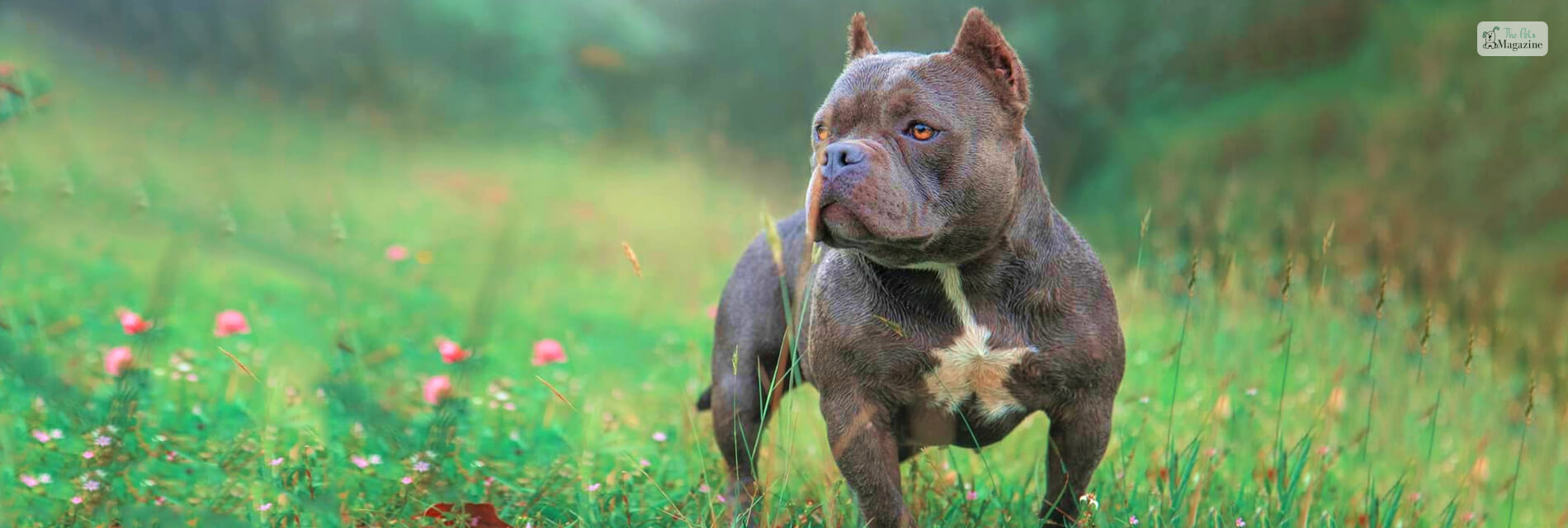

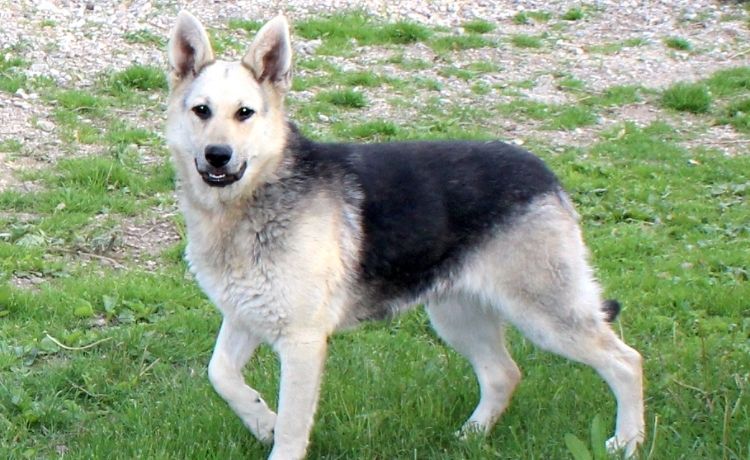

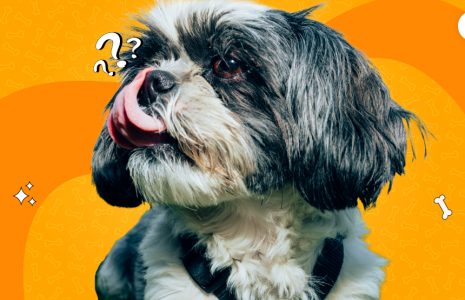

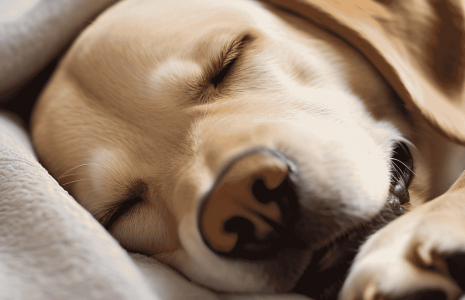
Leave A Comment